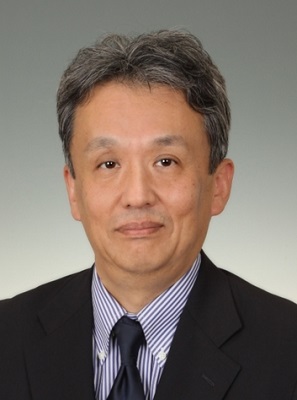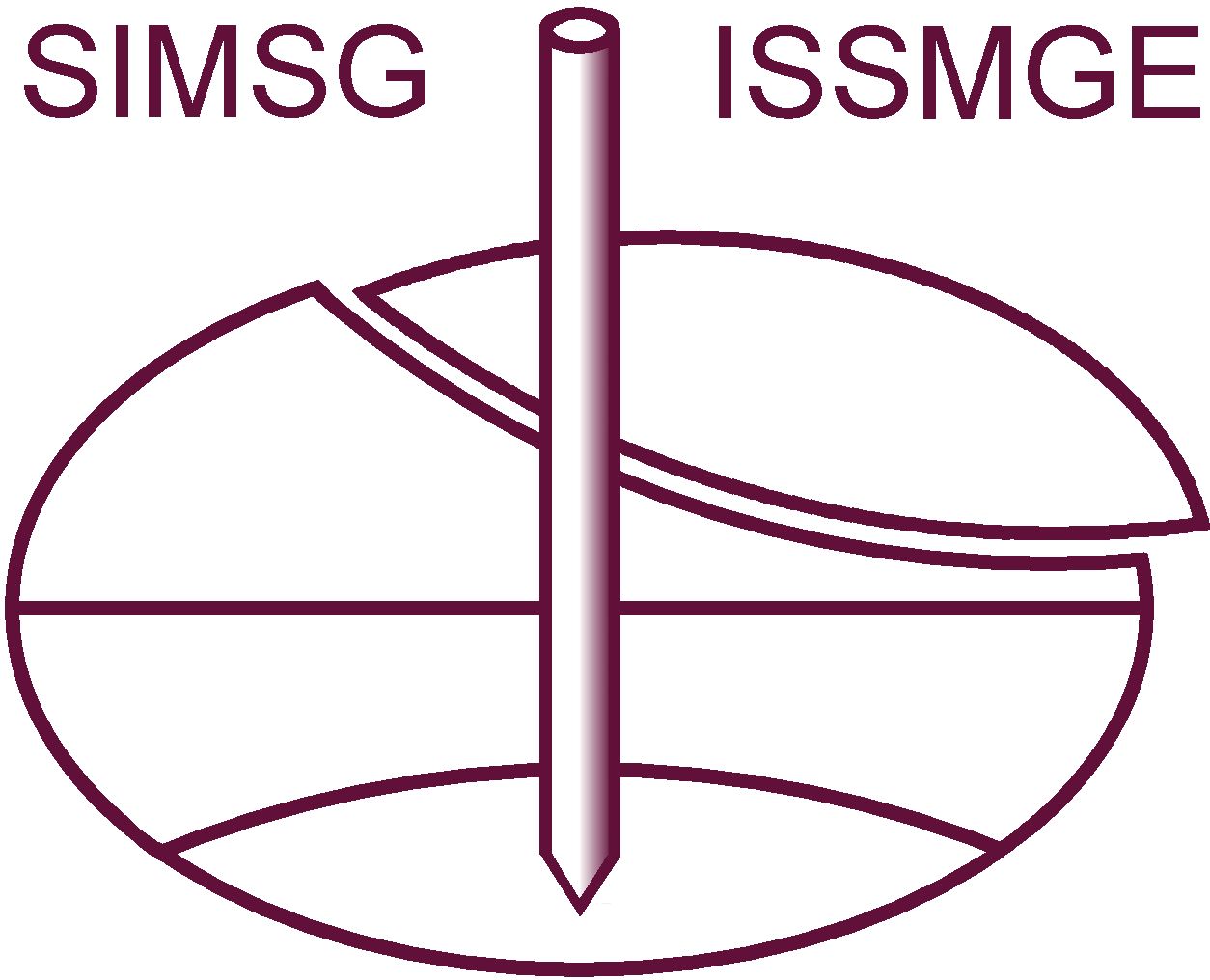BATHURST LECTURE
Research and practice on geosynthetic MSE walls: past, present and future
Although technology on geosynthetic mechanically stabilized earth (MSE) walls can help solve classical geotechnical earth retaining wall problems, it also contributes to achieving new required performance for these infrastructures. To further develop this technology, it is essential to analyze the history of its progress. This study summarizes the state-of-the-art on the mechanical and soil interaction properties of geosynthetics, physical modeling and in-situ measurements, analytical and numerical modeling, and reliability analyses by reviewing approximately 700 papers published in well-known international journals in this field and some notable conference paper contributions. The latest analytical methods, such as risk-based life cycle cost and CO2 emission assessments and damage/failure predictions, are introduced to evaluate the resilience and sustainability performance of geosynthetic MSE walls. Finally, prospects of a seismic isolation technique with new types of geosynthetics and life cycle management with a long-life sensor for geosynthetic MSE walls are discussed.
BIO
Dr. Miyata is a Professor of the Civil Engineering at the National Defense Academy of Japan. He received the degree of Doctor of Engineering from Kyushu University in 1999. He is a council member and vice chair of the Japan chapter of IGS. He is also a board member of international journals on geotechnical engineering and a member of technical committees in IGS and ISSMGE. He is specialized in soil reinforcement technology and numerical modeling of geostructures. He wrote many technical papers in international journals and conference proceedings. In addition, he has received the best paper awards for Geotechnical Engineering (ICE 2017), Geosynthetics International (IGS 2015), Soils and Foundation (JGS 2013), Canadian Geotechnical Journal (CGS 2008), Geosynthetics Engineering Journal (JC-IGS 2008), plus JGS service award (2018) and achievement award (2016), and IGS award (2010).






